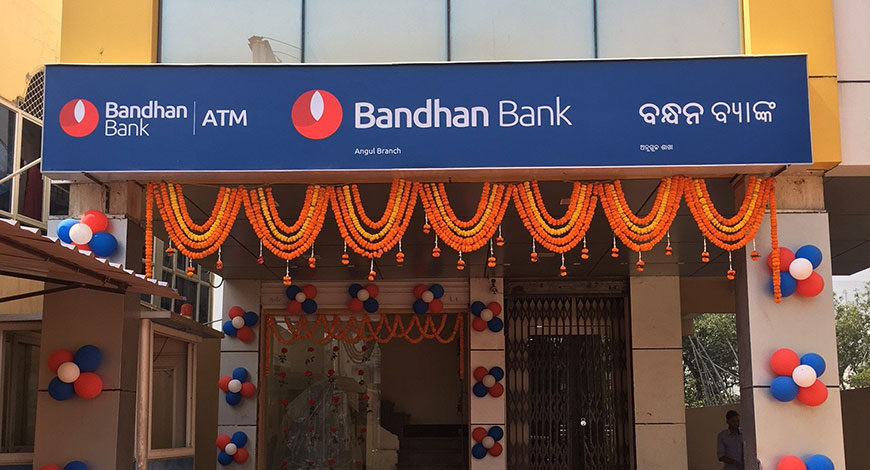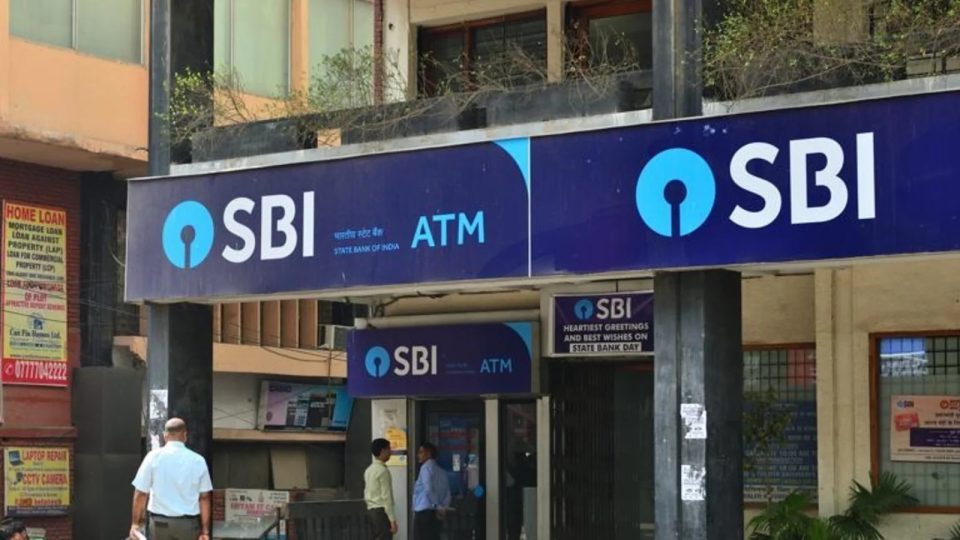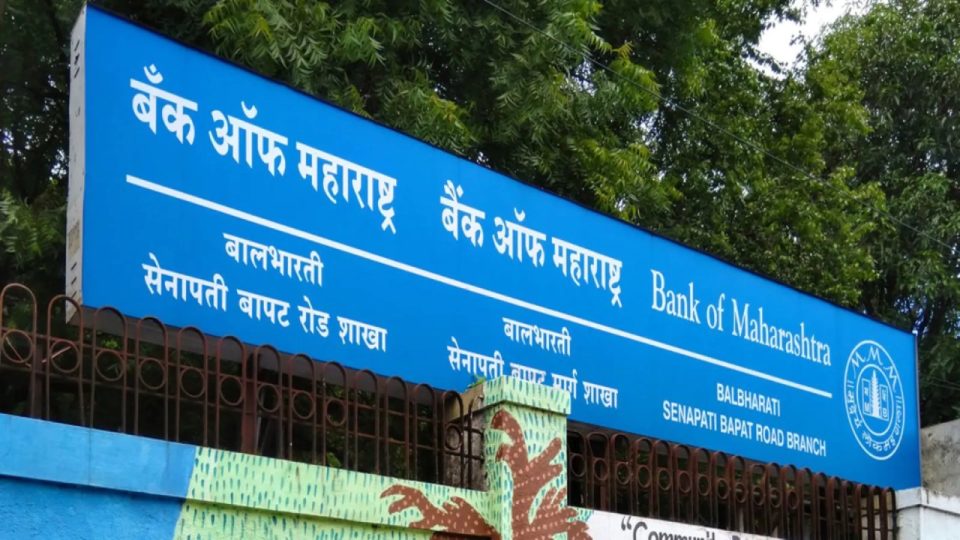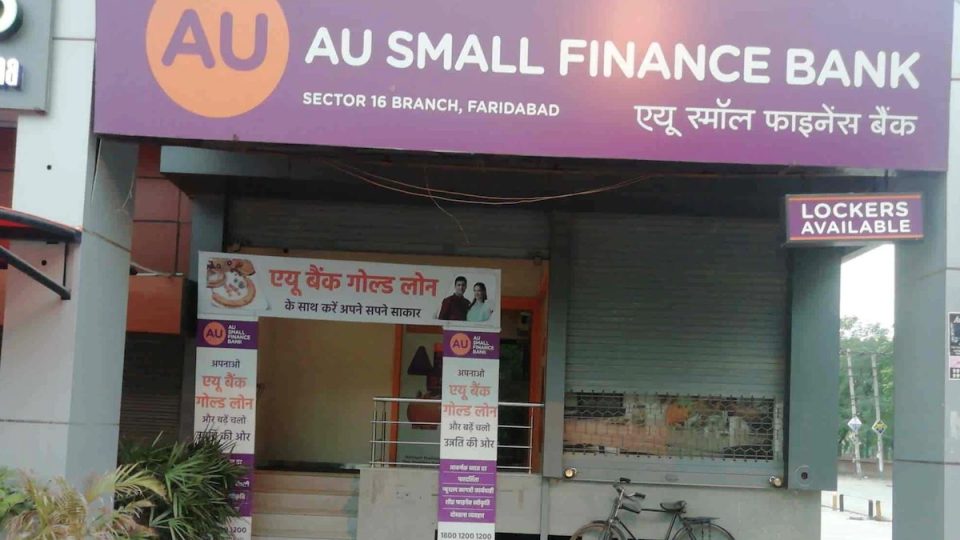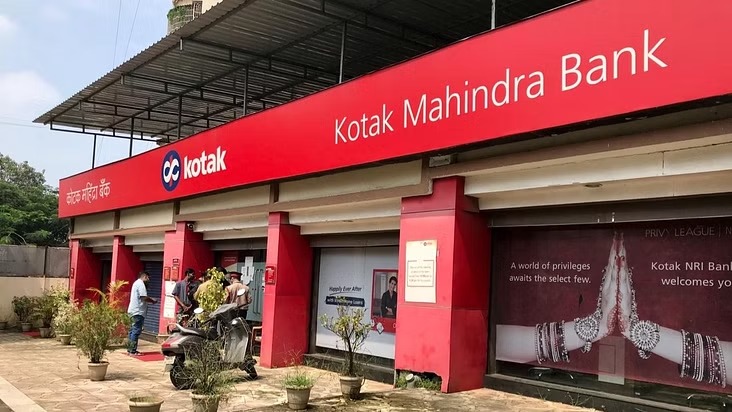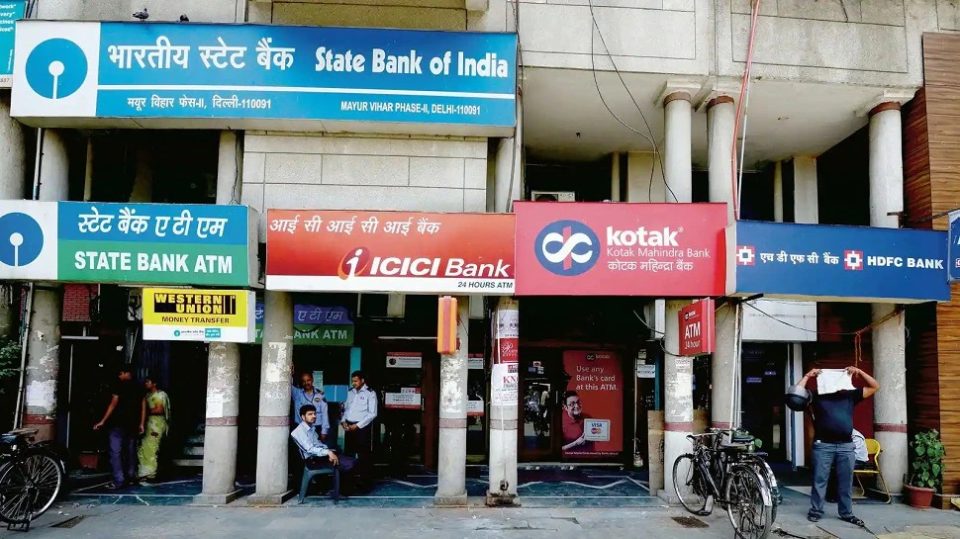On Friday, Bandhan Bank said its net profit doubled to Rs 886.5 crore in the June quarter between April-June 2022 and April-June 2023 on lower bad loans.
The Kolkata-based private sector lender posted a net profit of Rs 373.1 crore last year.
Total revenue increased from Rs 2,731 crore to Rs 2,844.1 crore. Bandhan Bank said in a regulatory filing that the bank’s interest income jumped to Rs 2,514.4 crore from Rs 2,114.1 crore.
In terms of asset quality, the situation for lenders has improved as gross non-performing assets (NPA) as a percentage of total advances fell from 8.18% in the same period last year to 7.25% by end-June 2022.
Net NPA also fell to 1.92% from 3.29% in the same quarter a year ago.
As a result, the bank’s bad debt and contingency reserves fell to Rs 642.43 crore in the current quarter from Rs 1,460.86 crore a year ago.
The bank’s provision coverage ratio increased to 74.9% as of June 30, 2022, from 61.8% at the end of June 2021.
As of June 2022, the capital adequacy ratio (CRAR) stood at 19.4%, while the interest margin rose to 8%.




